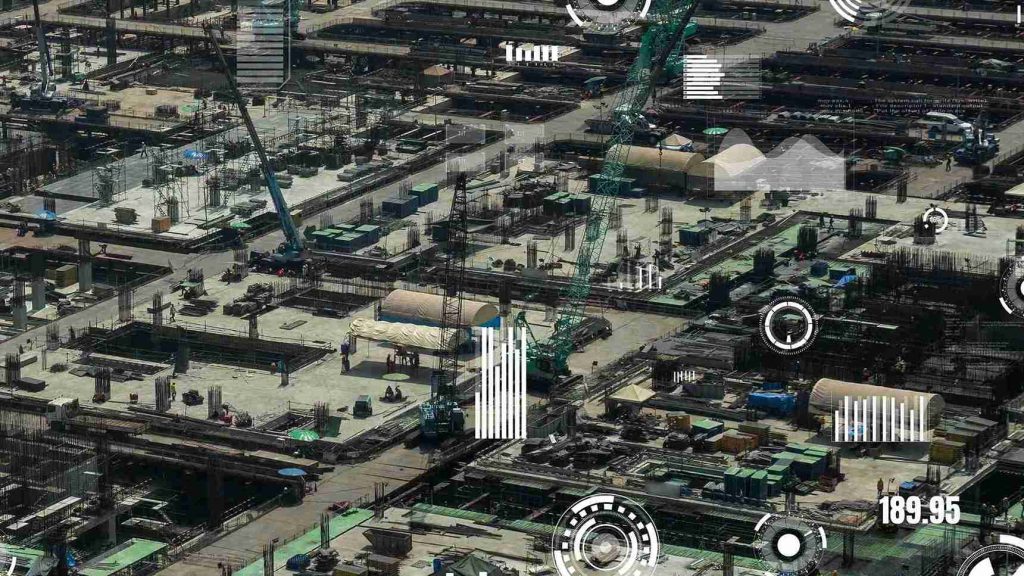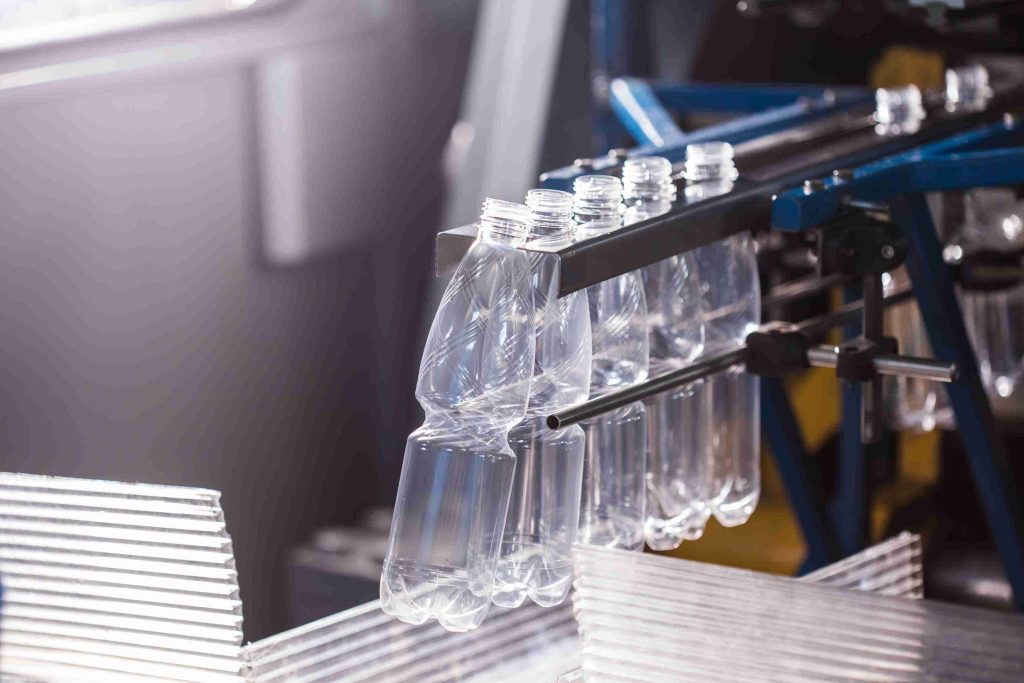In a space, there’s always that one area no one wants to show to visiting clients—the scrap zone. You know the one: overflowing bins of offcuts, plastic trimmings scattered around, defective parts stacked “just for now.” It’s often hidden behind a curtain or stashed in a corner of the shop floor, a kind of visual blind spot in an otherwise well-run operation. It’s treated as harmless clutter—something that’ll be dealt with “tomorrow.” But tomorrow rarely comes. As days pass, that clutter quietly grows into a bigger issue: blocked aisles, confused inventory, safety risks, and an inefficient workflow.
What’s worse, it’s not just junk—it’s value sitting idle. That discarded material has potential: it could be recovered, reprocessed, even reused. But only if the factory is equipped to handle it properly. More and more manufacturers are realizing that the key isn’t just collecting waste—it’s processing it smartly, on-site, and in real-time. And often, that shift begins with one small addition to the production floor: a system designed not just to clean up, but to transform chaos into consistency—and waste into opportunity.
Space Isn’t Free—And Disorder Has a Cost
In manufacturing, space is currency. Every square meter counts—not just in terms of rent, but in how efficiently people, materials, and machines move. Whether it’s workers navigating around clutter or forklifts weaving through bins, inefficient layouts chip away at productivity. And few culprits are as disruptive as piles of bulky, irregular plastic waste. They don’t just hog valuable space—they block pathways, obscure safety signage, and make your shop floor look like it’s constantly playing catch-up. Film scraps, edge trims, thermoform miscuts—they tend to tangle, spill, and resist neat stacking.
What begins as “just a little overflow” can quickly spiral into a permanent obstacle course. The more time your team spends stepping over, sorting through, or moving around waste, the more it costs you—literally and operationally. No wonder more factories are asking the tough (but necessary) question: Do we really need to keep letting this stuff pile up? Or is it time to bring in smarter systems that help us take control before clutter takes over?

Immediate vs. Batch Processing: A Line in the Sand
Old habits die hard. For years, the go-to routine in many factories has been simple: toss plastic scraps aside and deal with them later. It feels efficient in the moment—just keep production moving, right? But like all deferred decisions, this one comes with a price. Over time, that “later” turns into growing stacks of offcuts, tangled film, rejected parts, and miscuts clogging up walkways, overflowing bins, or even blocking emergency exits. Sorting becomes chaotic. Valuable plastics get mixed, contaminated, and downgraded—slashing their recycling value.
And when safety inspectors walk through? Let’s just say “organized waste management” isn’t exactly what they see. That’s why forward-thinking factories are shifting the script. Instead of waiting for waste to become a problem, they’re tackling it right at the source—slimming it down instantly, before it even has the chance to pile up. And often, that shift starts with a compact, quietly efficient machine integrated directly into the workflow. One small change. Big operational impact.
The Unsung Hero Behind the Line
You might have seen it—tucked beside the production line, barely making a sound. A compact machine, quietly chugging away, processing plastic trimmings as they fall. That’s the plastic shredder at work. It’s not loud, it’s not flashy, and it certainly doesn’t slow down the workflow. But what it does is critical: it takes irregular, bulky waste and transforms it into neat, uniform flakes—stackable, baggable, and ready for recycling or reprocessing.
No more overflowing bins or tangled film waste clogging up your space. It reduces volume by up to 80%, streamlines storage, and brings order to the chaos. Best of all? It fits seamlessly into daily operations. You don’t need to restructure your line or assign extra labor. It simply integrates—working behind the scenes to keep your workspace cleaner, leaner, and far more efficient.

You’re Saving More Than Space
Pre-shredding plastic waste isn’t just about clearing space—it’s a smart move that delivers multiple returns. It reduces the volume of bulky scraps, making storage and transport far more efficient. Shredded material is easier to handle, cleaner to recycle, and often commands a better resale price. On the shop floor, it improves safety and gives your facility a more organized, professional look. Beyond operations, it also simplifies ESG reporting and compliance by creating a clearer waste trail. Small machine, big downstream impact.
Lean Manufacturing Isn’t Just About Speed—It’s About Smart Order
If you’re familiar with 5S management, you know that ‘Sort’ and ‘Set in Order’ are more than buzzwords—they’re the foundation of efficient operations. Pre-shredding plastic waste fits perfectly into this mindset. Instead of letting scraps accumulate and create chaos, immediate handling keeps things clean and controlled. You eliminate the need for overflow bins, last-minute cleanup tasks, or disruptions to the daily workflow. Everything stays where it belongs, and the production floor stays focused. It’s a small process upgrade that reinforces lean thinking across your entire operation.
Conclusion
Every factory generates waste—it’s a fact of manufacturing life. But how that waste is handled? That’s what separates the good from the truly great. Some operations keep piling it up, waiting for the “right time” to deal with it. Others choose a smarter path: they manage it instantly, at the source.
One approach adds clutter, stress, and hidden costs. The other brings clarity, flow, and long-term savings. It’s not always about massive systems or sweeping changes. Sometimes, it starts with something small: a reliable machine, quietly doing its job beside the line. No big headlines. Just real impact. In the end, the difference between reactive and proactive manufacturing might just be one plastic shredder away.